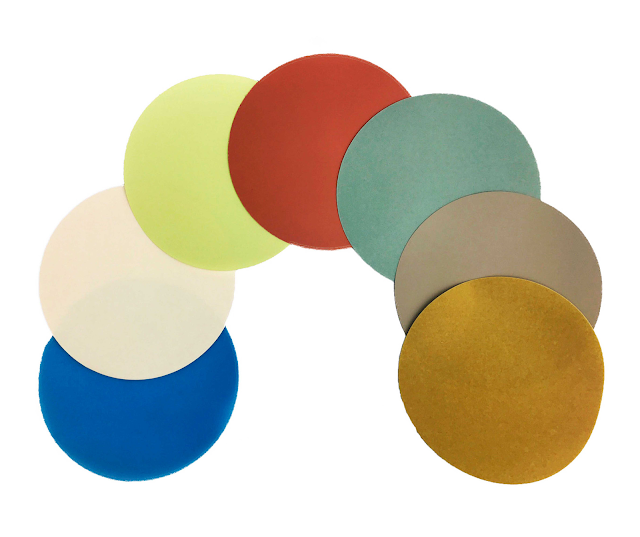A device for measuring the optical power in a light
beam, such as a laser beam, is an optical power meter. When
receiving a pulse train with a high pulse repetition rate, such as from a
Q-switched or mode-locked laser, it often only allows for power measurements
with relatively low bandwidth and will, for example, only display the average
power. There are further tools, referred to as optical energy meters, for
measuring pulse energies.
There are some specialized sensor heads with an
integrating sphere that can accept and precisely measure even highly divergent
input beams, like those from light-emitting diodes, whereas the majority of
power meters are only suitable for light beams with a relatively small beam
radius, such as diffuse light.
An optical power meter normally includes a sensor head
with the power sensor and optical
light source within. This sensor head is
usually positioned on a post to receive a horizontal input light beam at a
specific height above the optical table. Additional optical attenuators can be
added to a sensor head to increase the measuring range; they are especially
available for photodiode-based sensors.
The sensor head may be linked to a standalone display
device with an analog or digital laser power display. The user is frequently
given the option to select from several power ranges and maybe make other
adjustments, such as those affecting the laser wavelength or the reaction time.
Devices used in the telecom industry may also show power in dBm or decibels of
about 1 mW. Some devices offer a digital interface for connecting to a computer
or an analog electrical output that delivers a voltage signal proportional to
the amount of light received.
It is common for display instruments to be paired with
various sensor heads, including sensor heads of various sorts, such as
pyroelectric and photodiode-based types.
When using a power meter to measure fiber optic power,
attach the meter to the cable. To make sure it doesn't have too much or too
little power, compare the meter reading with the system's recommended correct
power. Because fiber optic cables operate similarly to electric circuit voltage
and require exactly the appropriate amount of power to function effectively,
accurate power measurement is crucial. You can buy optical
alignment machine online.













